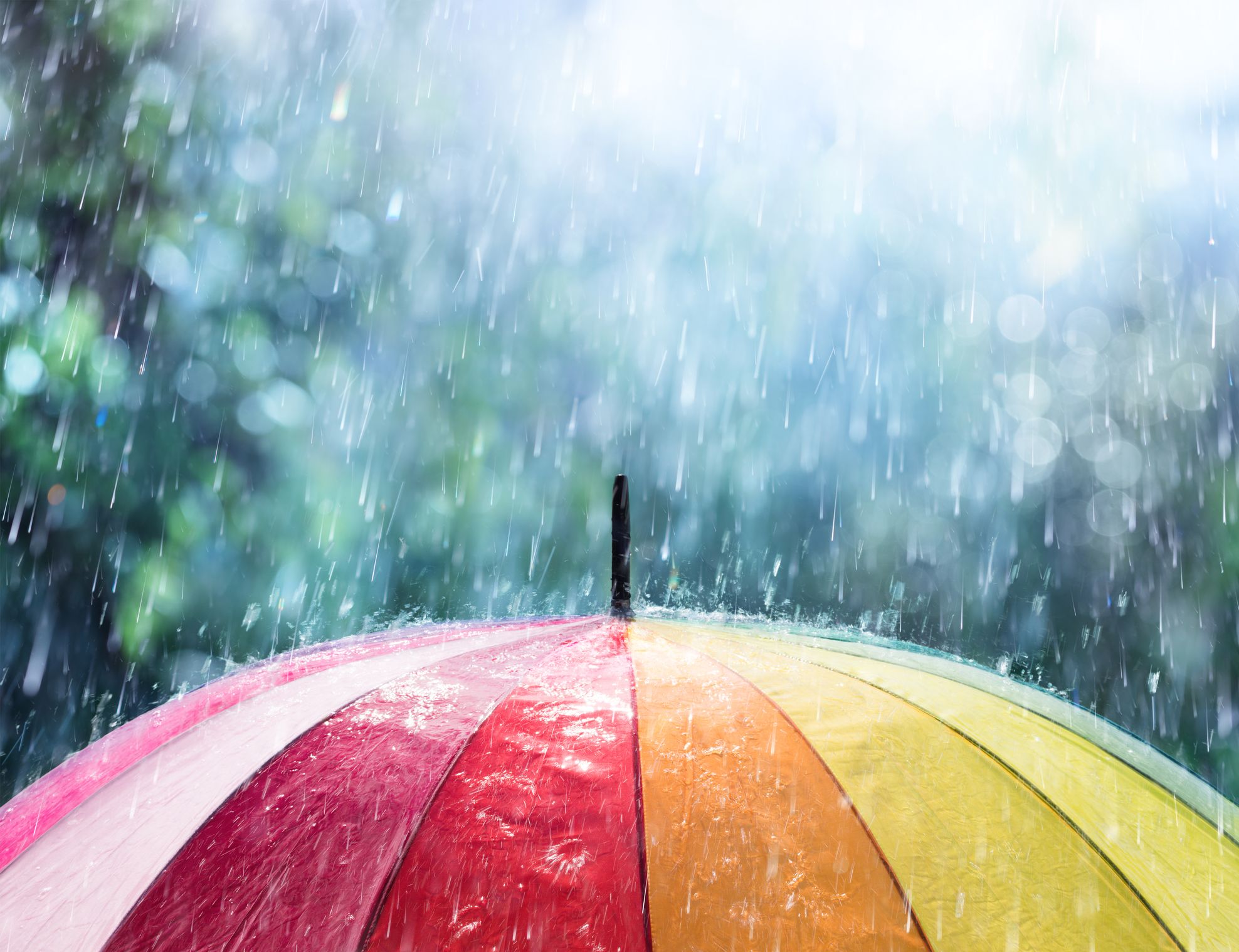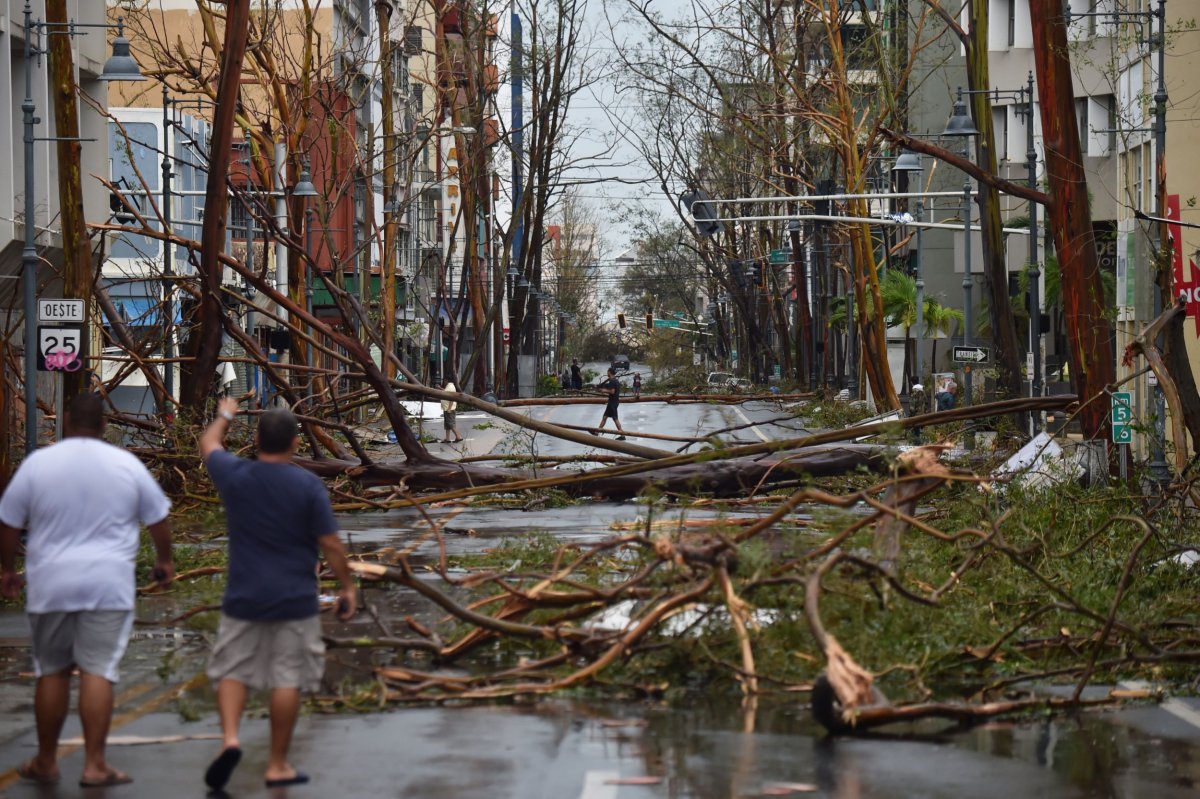
In the 21st century, the societal impact of the meteorology community is vast, extending well beyond the daily "should I take my umbrella today?" Meteorologists today come from a wide array of disciplines, together working to observe, understand and predict the behavior of the weather, water and climate system that surrounds us.
These are the meteorologists who are members of the American Meteorological Society (the AMS).
Meteorologists are trained to take imperfect and diverse data, to integrate it into a coherent view of the atmosphere, to make a forecast in a fixed amount of time, and to communicate their decision process and the forecast itself in an accessible manner.
The energetic group of mostly amateur weather enthusiasts and hobbyists who formed the American Meteorological Society in 1919 would be proud of the profession we have become.
That early group of "weather geeks," led by Dr. Charles Franklin Brooks, quickly expanded to encompass professionals from the U.S. Signal Corps and U.S. Weather Bureau. In its first century, the AMS has grown to nearly 13,000 members, professionals and weather enthusiasts alike.
Their mission is to protect the public from weather and climate extremes, and to communicate their science throughout all facets of society.
Over recent decades, the atmosphere has demonstrated its power again and again, through floods, droughts, blizzards and ice storms, hurricanes, tornadoes, and more. The litany of disasters is so relentless that it touches every country around the globe, from floods in Pakistan, to drought in Australia, to blizzards in Afghanistan and haboobs (sand storms) in Mali.
Tropical cyclones, known as "hurricanes" in the Atlantic and East Pacific, illustrate a single type of extreme weather event, yet they affect over 50 percent of the global population. Devastating tropical cyclones—bringing deaths to tens or even hundreds of thousands of people—have been recorded in all of the ocean basins.
In 2012, Hurricane Sandy reminded the U.S. population that tropical cyclones can sometimes stray out of the tropics—often with unexpected and disastrous consequences.
In 2017 and 2018 combined, the U.S. suffered from the impacts of five major landfalling hurricanes: Harvey, Irma, Maria, Florence and Michael. Reflecting on Harvey and Maria gives us a perspective for the next steps in the evolution of the AMS.
Hurricane Harvey

Hurricane Harvey was directly responsible for the deaths of 68 people and is the second costliest U.S. hurricane next to Katrina from 2005. While Harvey was a Category 4 hurricane, its worst impacts were from the devastating floods that covered more than one third of Houston, impacting over 13 million people.
Even after the rain stopped, the water just kept on coming, running off into already flooded rivers, spreading out across the land, and sitting stagnant for days or weeks.
Since Harvey, detailed studies by climate scientists attribute an increase in rainfall to the effects of climate change; that means that if the same hurricane had hit 50 years ago, there would have been less rain from it. This is important in developing building codes and zoning, particularly in regulating infrastructure development, where investments are intended to last many decades.
During the storm, meteorologists, emergency managers, government and community leaders and others worked to minimize its impacts, but the devastation after the storm had passed compels us to reflect on how things could have been done differently, well in advance. Teams jointly responsible for town planning, location of infrastructure, hydrology, policy development and community consultation, and meteorologists and climate scientists, are among the contributors needed to devise the solutions of the future.
Hurricane Maria

Hurricane Maria devastated Puerto Rico, the Caribbean island home to 3.7 million U.S. citizens. Following hot on the heels of Hurricanes Harvey and Irma, Maria presented many new challenges. In contrast to Texas and Florida, Puerto Rico is mountainous. This leads to even heavier rains—as the mountains wring all of the water possible out of the clouds—causing large-scale flooding, and mudslides.
The passage of Maria took out most of the infrastructure on the island: Cutting off roads, electricity and drinking water. The follow-on effects of this were dramatic shortages of food, medicine and health care.
Building a more resilient Puerto Rico will require many of the same skills as for Harvey, but with the added challenges due to the inherent geographic isolation of an island.
The future of the AMS
Each of these events illustrates the value of building cohesive partnerships to protect the population and property in times of danger. As we've already seen, many of those partnerships are in place, and perform admirably in the days, weeks and months during and ahead of the event.
Almost invariably after any disaster, potential recovery and remediation efforts will result in choices involving questions of social justice: How are the impacts of these changes distributed among the community? The imperative now is to build diverse and responsive teams designed to help to make society more resilient to future threats from weather, water and climate. These teams cannot succeed in a social vacuum but must engage with all members of society.
As environmental challenges like extreme weather events and climate change have become ever more complex to understand and respond to, the AMS has reached out beyond its traditional base to embrace oceanographers, hydrologists, other Earth scientists, and social scientists to bring cross-disciplinary perspectives to bear on these challenges.
To ensure the greatest public good, it is imperative that forecasts and other environmental information be communicated effectively, so the AMS has also expanded our activities in this arena.
At the threshold of its second century, therefore, the AMS stands ready to support meteorologists and others to play a fundamental and pivotal role in building the complex networks needed to develop a more resilient society.
Jenni L. Evans is Centennial President of the American Meteorological Society and Professor in the Department of Meteorology & Atmospheric Science at Pennsylvania State University.
The views expressed in this article are the author's own.
Uncommon Knowledge
Newsweek is committed to challenging conventional wisdom and finding connections in the search for common ground.
Newsweek is committed to challenging conventional wisdom and finding connections in the search for common ground.
About the writer
To read how Newsweek uses AI as a newsroom tool, Click here.








